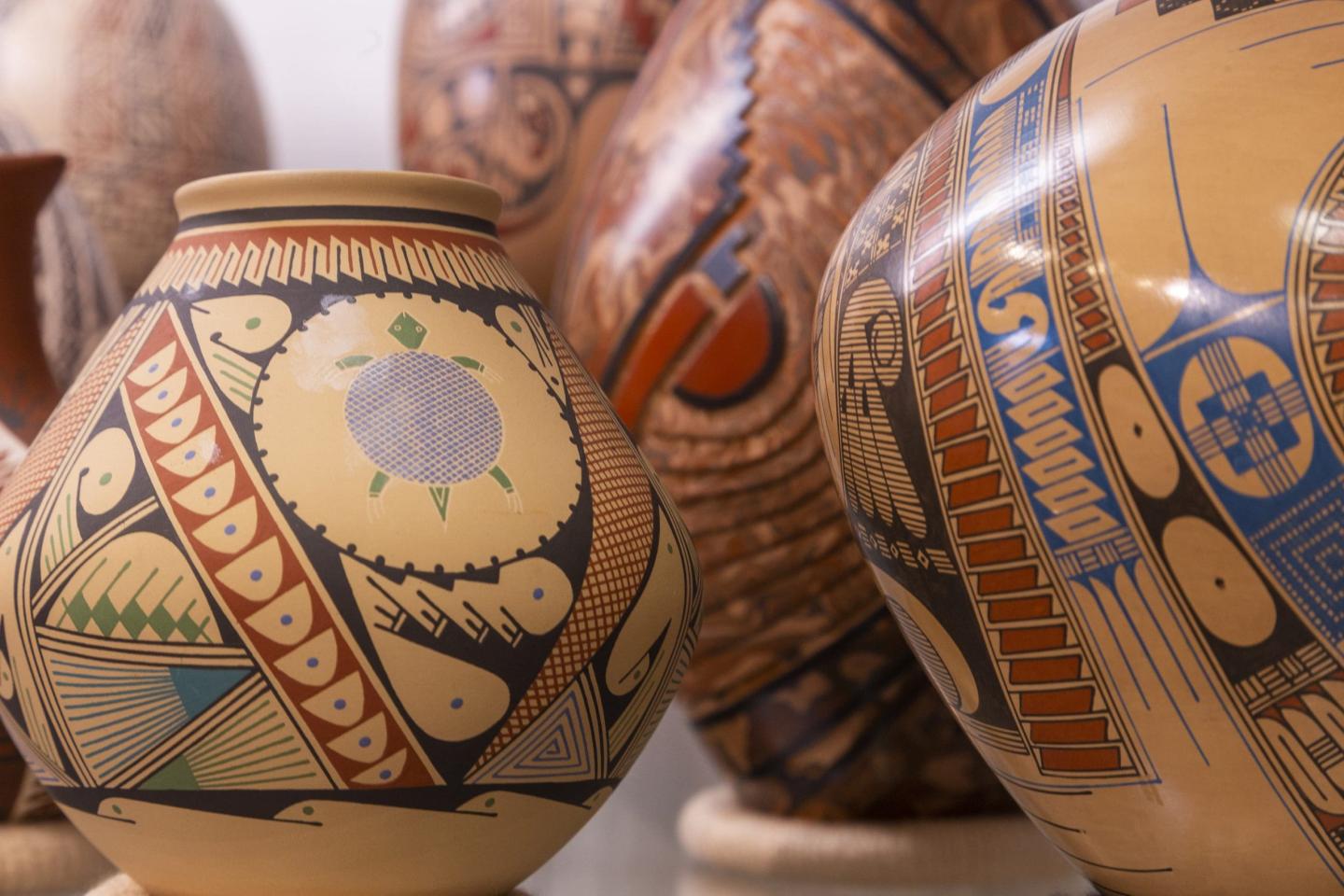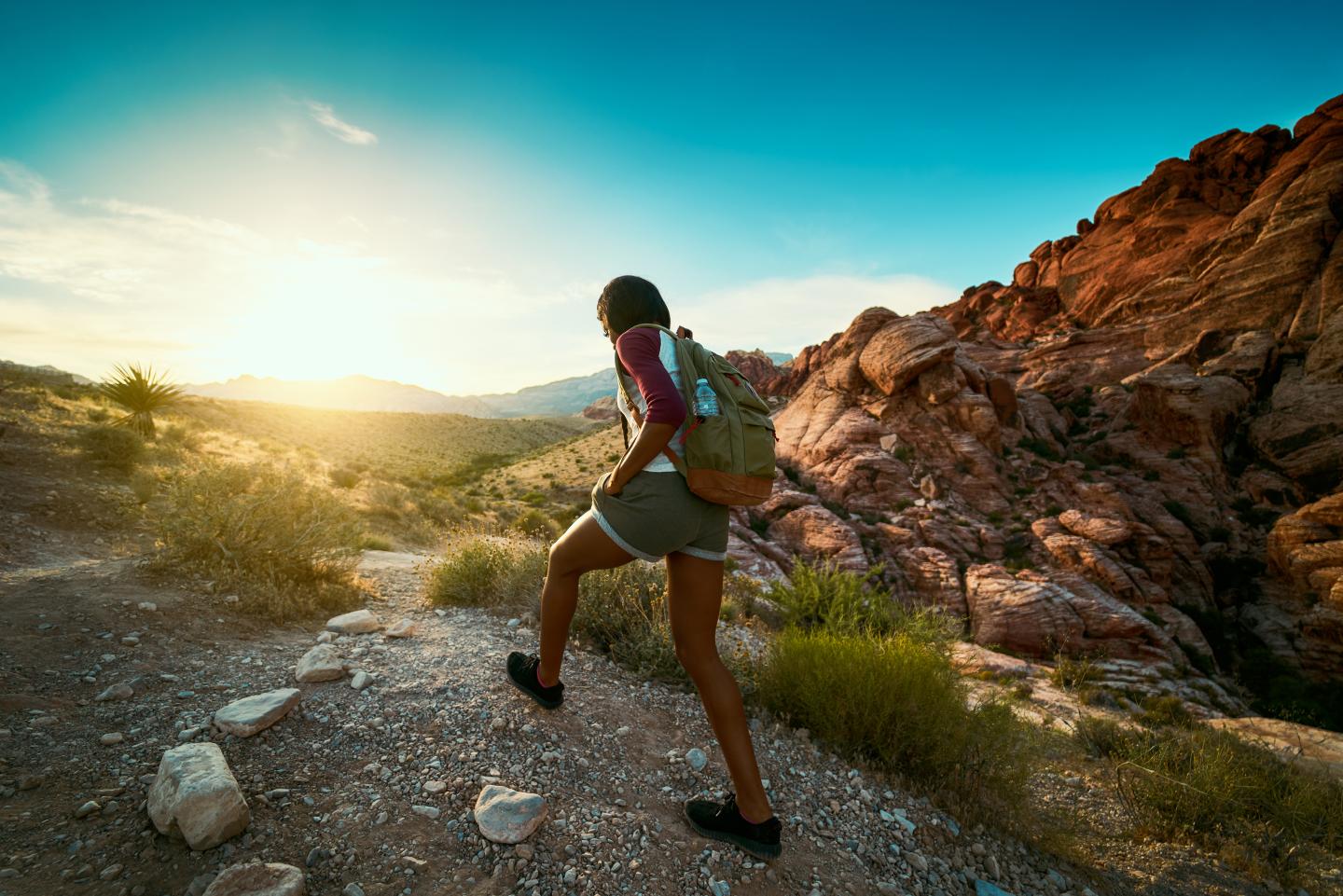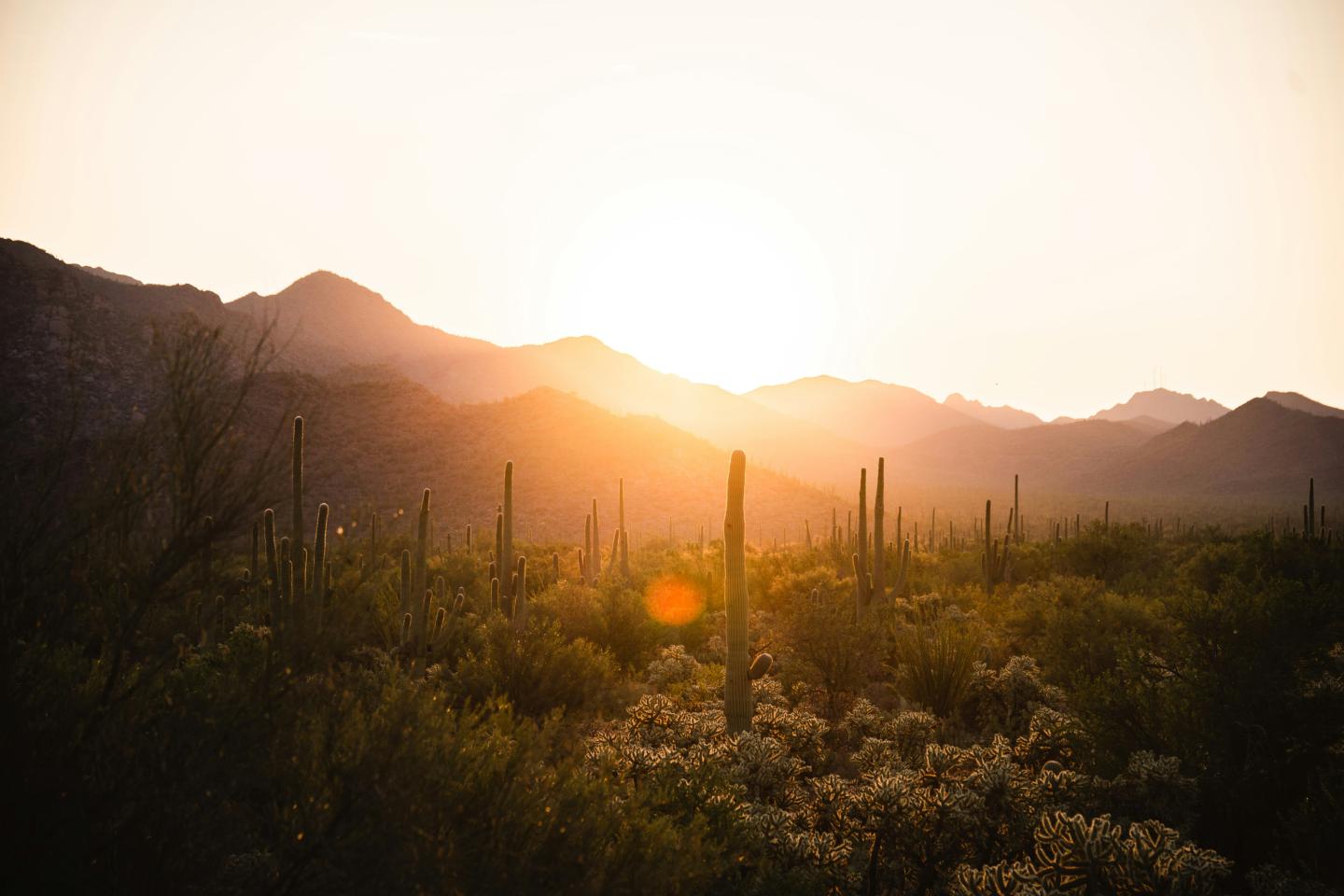
Irresistible Distractions At Gila Cliff Dwellings National Monument
The beginning of winter found me feeling torn between the sleepy comforts of home and the satisfying challenges of rugged wilderness camping. As usual, the mountains won. “I’m headed north on Highway 15 out of Silver City, New Mexico,” I had texted my family. “No service for a few days, until I get back.”
I’m following the “Trail of the Mountain Spirits” National Scenic Byway, retracing the footsteps of Aldo Leopold, the American conservationist, through the Mogollon Mountains. I’ve taken off to find Gila Cliff Dwellings National Monument, nestled within the 558,014-acre Gila Wilderness. In 1924, Leopold was instrumental in protecting the Gila as the nation’s first designated Wilderness Area. The narrow road snakes through tall pines and clings tightly to steep cliffsides, then rises to offer breathtaking vistas, range upon range of dark evergreen-forested mountains, deep rocky canyons, and everywhere, the branching Gila River.
“Never did we plan the morrow,” Leopold wrote in 1949 in A Sand County Almanac, “for we had learned that in the wilderness some new and irresistible distraction is sure to turn up each day before breakfast. Like the river, we were free to wander.”
Of the same mind, I turn right, making a quick four-mile detour down Highway 35 to Lake Roberts, an idyllic site for boating, fishing, and camping. Above the lake, “Vista Village” marks the stacked-stone ruins of a well-used Mimbres (“Willow People”) dwelling site atop a hill.
A path leads from the hilltop down to the lake shore. I can’t resist pulling off my boots and dipping my feet into the lake, listening to the ducks and watching the morning sun sparkling on the water. The lake was created by damming Sapillo Creek, long after Vista Village had been abandoned; even so, the Mimbres people would have had a panoramic view of the creek valley, rich in plant and animal resources. As I dry my feet and hike back up the hill, I wonder why they ever left.
Back on the main road, I ask the same question as I turn my head longingly, passing Gila Hot Springs campground, with its warm pool by the river. I reach Gila Cliff Dwellings National Monument, and wonder again. Following birdsong and small rabbit tracks as I walk along a trickling stream, I climb uphill through dappled sunlight under pine and cottonwood trees.
This tiny canyon leading to the cliff dwellings is utterly enchanting. The well-built walls and rooms within an enormous cave seem safe and protected; they can only be reached by this high, narrow trail, faithfully recreated by the National Park Service. Yet the people of the Mogollon Culture may have lived here a mere 20 years, around 1300 CE, before inexplicably moving away. A park ranger tells me the stream is spring-fed from an aquifer; it would not have run dry, even during drought. Why would anyone leave such a bountiful, beautiful place?
“The boundary between tame and wild exists only in the imperfections of the human mind,” wrote Leopold.
As I descend the cliff dwellings trail, the vast Gila Wilderness is immediately accessible from the national monument – right off the parking lot, in fact. Here you find one of three forks of the Gila River, with 12- to 16-mile trails to places with names like Hell’s Hole, White Creek, and Grudgings Grave. Undaunted, I choose the TJ Corral Trailhead just up the road, and, shouldering my backpack, head off into Little Bear Canyon in search of mountain lions, Mexican gray wolves, and of course, bears. I am hoping to encounter one of these truly wild animals. And nervous that I might.
According to Leopold, “Health is the capacity of the land for self-renewal.” Top predators ensure the health of the wilderness. Likewise, I safeguard my health through the self-renewal of backpacking’s challenges and endurance. I need to regularly reconnect with my own wildness. It strengthens me.
The stream trickling down Little Bear Canyon joins the Middle Fork of the Gila. Splashing into the river, my boots grip the slippery rocks; my feet and legs feel the water’s current, its temperature, less of an icy shock than I expect. For hours, I focus on fording the Middle Fork, again and again, each crossing washing away another layer of my dusty civilization.
At the 15th river crossing, a small waterfall pours into a soaking pool outlined with stacked rocks at the river’s edge. I reach my hand into the waterfall: warm water is cascading down the hillside. The trail continues between the cold river and the warm stream, and when the stream veers uphill and away from the main trail, I follow, climbing a steep path to find Jordan Hot Springs.
Less than a day’s hike from the monument, now, off-season, I am the only one here. Two pools beckon; turquoise gravel shines through crystal clear waters, steam curling into the cool winter air. All thoughts of rugged minimalism and hardy survival skills vanish. I stash my pack among the trees, then peel off my wet boots and clothes and ease myself into this luxurious spa bath, soaking lazily under prismatic ripples, the sunlight reflected by dissolved minerals, while enjoying remarkable views of the cliffs across the river.
I could just camp right here, I think. Why would I ever leave?
My answer is: the wilderness beckons. A place to renew ourselves, making our temporary homes amidst the vast, wild places. Besides, I know that when I return, I can take a dip in Lightfeather Hot Springs, less than a mile from the Gila Cliff Dwellings’ visitor center. What I don’t yet know is that once again, I will have the pool all to myself, dozy and relaxed after my winter camping.
The natural hot springs found throughout Gila Cliff Dwellings National Monument and the surrounding area are a result of the volcanic activity that shaped this area millions of years ago. There are several hot springs within hiking distance of the visitor center. Learn more about this park in the book Gila Cliff Dwellings National Monument available from the WNPA store.
Refreshed, I set off north again. I sniff the cold air, picking up heavy, musky scents at times; I scan the rocky hillsides for the big animals I have yet to find. So far, they remain wild, hidden in the plentiful natural dens above me, or silently following their own invisible mountain spirit trails.
By Barbara Jensen, National Parks Traveler, www.wanderinglightning.com
Support from Western National Parks Association made this article possible.



